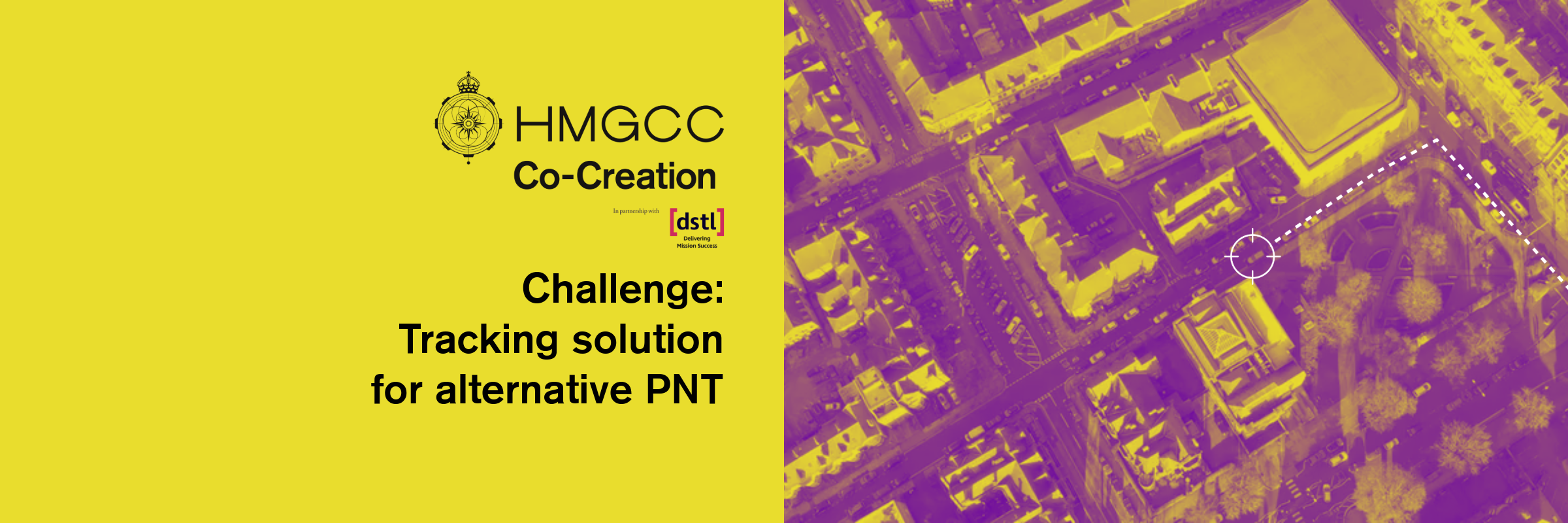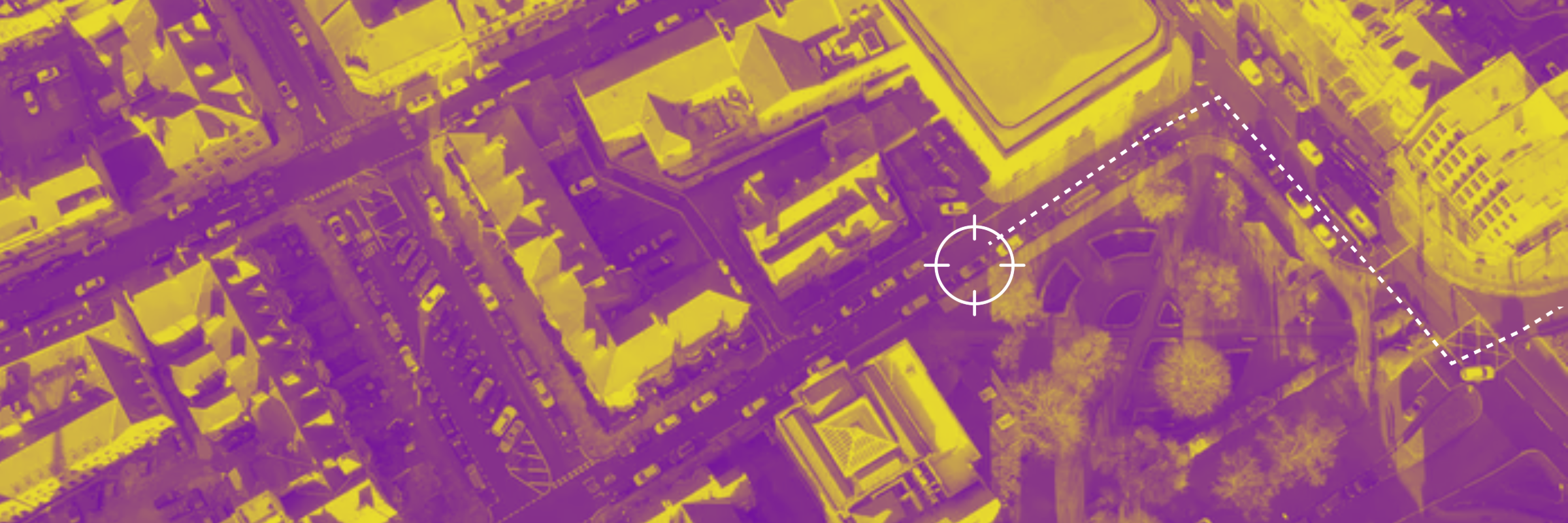FAQ
1. Who owns the intellectual property?
As per the HMGCC Co-Creation terms and conditions, project IP shall belong exclusively to the solution provider, granting the Authority a non-exclusive, royalty free licence.
2. Who are the end customers?
National security users include a wide range of different UK government departments which varies from challenge to challenge. This is a modest market and so we would encourage solution providers to consider dual use and commercial exploitation.
3. What funding is eligible?
This is not grant funding, so HMGCC Co-Creation funds all time, materials, overheads and indirect costs.
4. How many projects are funded for each challenge?
On average we fund two solution providers per challenge, but it does come down to the merit and strength of the received proposals.
5. Do you expect to get a full product by the end of the funding?
It changes from challenge to challenge, but it’s unlikely. We typically see this initial funding as a feasibility or prototyping activity.
6. Is there the possibility for follow-on funding beyond project timescale?
Yes it is possible, if the solution delivered by the end of the project is judged by the HMGCC Co-Creation team as feasible, viable and desirable, then phase 2 funding may be made available.
7. Can we collaborate with other organisations to form a consortium?
Yes, in fact this is encouraged, and additional funding may be made available. Please see the maximum budget of the individual challenge.
8. I can’t attend the online briefing event, can I still access this?
If a briefing event is held, which varies challenge to challenge, then yes. Either the recording or the transcript will be made available to view at your leisure after it has been broadcast. This will be made available via the HMGCC Co-Creation
community collaborators.
9. Do we need security clearances to work with HMGCC Co-Creation?
Our preference is work to be conducted at OFFICIAL, we may however, request the project team undertake BPSS checks or equivalent.
10.We think we have already solved this challenge, can we still apply?
That would be welcomed. If your product fits our needs, then we would like to hear about it.
11.Can you explain the Technology Readiness Level (TRL)?
Please see the UKRI definition for further detail.
12.Can I source components from the list of restricted countries, e.g. electronic components?
Yes, that is acceptable under phase 1 – feasibility, as long as it doesn’t break UK government trade restrictions and/or arms embargoes.
Click here for a full clarification Q&A in response to the call for proposals.







